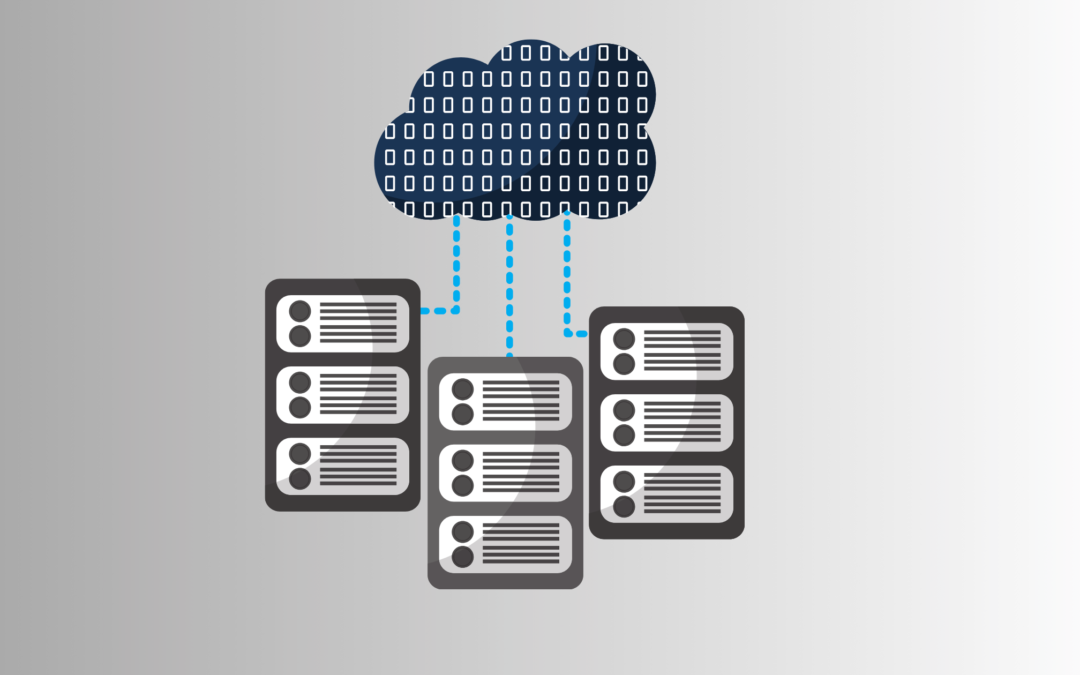Learning backend development involves acquiring a combination of programming languages, tools, and concepts to build the server-side logic of web applications. Here’s a step-by-step path to help you get started:
- Prerequisites:
- Familiarity with HTML, CSS, and JavaScript: Understanding the basics of web development is essential.
- Learn a Programming Language:
- Python or Node.js: These languages are popular for backend development due to their simplicity and large communities. Choose one and become proficient in it.
- Understand Databases:
- Learn about SQL (Structured Query Language) and databases like MySQL, PostgreSQL, or SQLite for relational databases, or MongoDB for NoSQL databases.
- Web Servers and APIs:
- Study how web servers work, and understand the principles of creating APIs (Application Programming Interfaces).
- Version Control:
- Get familiar with Git for version control. This is essential for collaborative development.
- Server-side Frameworks:
- Depending on your chosen programming language, explore popular backend frameworks like Django (Python), Express.js (Node.js), or Ruby on Rails (Ruby). These frameworks provide a structured way to build web applications.
- HTTP and RESTful API Design:
- Understand the HTTP protocol and how to design RESTful APIs. Learn about HTTP methods (GET, POST, PUT, DELETE) and status codes.
- Authentication and Authorization:
- Study user authentication and authorization mechanisms, such as JWT (JSON Web Tokens), OAuth, and sessions.
- Database Modeling and ORM:
- Learn how to design database schemas and use Object-Relational Mapping (ORM) libraries to interact with databases.
- Security:
- Focus on security best practices, including input validation, protection against SQL injection, and cross-site scripting (XSS) prevention.
- Testing:
- Learn about unit testing, integration testing, and end-to-end testing to ensure your backend code works as expected.
- Deployment and Hosting:
- Understand how to deploy your applications on cloud platforms like AWS, Google Cloud, or Heroku, or on traditional web servers like Nginx or Apache.
- Monitoring and Logging:
- Implement logging and monitoring tools to track application performance and diagnose issues.
- Scalability and Performance:
- Learn about load balancing, caching, and other techniques to make your application scalable and performant.
- Continuous Integration/Continuous Deployment (CI/CD):
- Set up CI/CD pipelines to automate the deployment process and ensure code quality.
- Versioning and Documentation:
- Use version control for your API, and provide clear documentation for developers who will use it.
- Learn Other Relevant Technologies:
- Depending on your project’s requirements, you may need to learn other technologies like GraphQL, WebSockets, or serverless architecture.
- Projects and Practice:
- The best way to solidify your skills is by building real-world projects. Start with simple projects and gradually work your way up to more complex ones.
- Community and Networking:
- Join online communities, forums, and meetups related to backend development. Networking can be invaluable for learning and career opportunities.
- Stay Updated:
- The tech industry evolves rapidly, so it’s essential to stay up-to-date with the latest developments, libraries, and best practices.
Remember that learning backend development is a journey, and it’s okay to start small and gradually work your way up to more complex topics. Continuously practice, build projects, and seek feedback to improve your skills.


